 Home
Home  Next Page
Next Page Home
Home  Next Page
Next Page
Wire Coated, Bearded/Furnished Dogs
The proper
Rottweiler coat is coarse/hard (as described from the very first breed
standard through modern times) and the wire coat gene plays a very
important role in this. Many Rottweilers carry this gene and the more
shed out
a dog is the easier this is to feel in the BODY coat.
The BODY coat gene appears to be totally separate from the furnishing gene (furnishings appear in one or more of these locations: beard, mouth line/mouth corners, near canines, above eyes at brows, nose bridge near eye corners, under eye, cheeks, chest, feet, toes, backs of legs), meaning a dog can have a proper hard coat and no furnishing gene OR can have a soft incorrect coat and the furnishing gene OR have both a proper hard coat and the furnishing gene!
Historically, the
presence of a slight beard, and/or "wire coat" at the brow, mouth line
or mouth corner has been thought to be an indicator of proper hard coat
and MANY famous historic Rottweilers either actually had a slight beard
(Ives v Eulenspeigel for just one example) or were known to
throw them
(Dack vd Meirei was one of these). This can in fact be true as
both the proper hard, coarse, but flat, body coat and the
face/chest/leg/foot wire coat ("furnishings") are quite often combined
together. Slight
furnished dogs and those with mouth line wire are able to be shown and pass
breed surveys.
This is NOT a DQ (disqualification) in any Country that I know of.
However, furnishings so long that the dog would need more than minimal
grooming to be shown as well as full wire coated dogs would be excused
or disqualified as that is not a proper coat for the breed.
Sometimes these
"furnishings" are so very light that
they are not immediately visibly obvious or the dog simply does not
visually have
them (invisible furnishings).
Since there were no DNA tests available
until recently and
because the two traits (hard/coarse coat and furnishings) with or
without "wire fur at the mouth corners and/or mouth line are often seen
together
the correlation made sense.
However, as our
Furnishing test validation project has shown, the body coat, and the
Furnishings appear
to be TWO separate genes. INTERESTINGLY, the mouth corner wire
("Catfish whiskers")/ mouth & lip line wire can appear in both
furnished and furnishing clear (N/N) dogs indicating that this is a
related but separate THIRD gene in this wire coat trait set.
In addition to
Rottweilers
with the normal medium-short length body coats (with or without Furnishings
and/or mouth corner and lip line wire), there are also the somewhat
common Long Coat dogs (with or
without facial Furnishings and/or mouth corner/lip line wire) and an
uncommon "full" or "extreme" wire coated Rottweiler.
This "full/extreme" Wire coated dog has the
hard, coarse textured coat but it is not a proper flat coat. It stands
off the
body (a little or a lot). It may or may not have some gray
(salt)
hairs scattered. This coat is accompanied by full furnishings,
though they may vary in length with some full wires having quite long
furnishings and in other dogs the furnishings are longer in some
areas of the body while
barely
seen in other areas.
IF a dog will
be
bearded or have other VISIBLE furnishings, they do not
(usually) appear
until 5-6 months of age at the earliest and sometimes as late as 8-10
months of age.
The wire furnishing gene has a HUGE variability in expression (even in Full wires) meaning that a dog's furnishings :
Can be invisible ("invisibly furnished"),
OR
Can be barely seen ("minimally furnished")
OR
Can be slight to moderate versions of one or all of the furnishing locations listed in paragraph two
OR
Can be Heavy and/or Extensive
versions of one or all
of those.
A visibly furnished single gene (1 gene) dog may possibly be what the Jack Russell Terrier and Jagd Terrier breeders call a "Broken coat" but without comparison to tested individuals of those breeds I cannot, as yet, be sure of that term as it applies to Rottweilers.
Ibizan Hound testing has produced
very similar (with slight variation because Full wire Ibizans are more
common than in Rottweilers) results.
Mode of inheritance of
the BODY coat wire gene (proper harsh/coarse coat) is UNKNOWN at
this time.
There is no test for the body coat gene.
Mode of inheritance of the mouth corner and mouth/lip line wire gene is also UNKNOWN at this time (suspected to be Dominant).
There is no test for the mouth corner
and/or mouth line wire gene.
Mode of inheritance of
the Furnishing gene
is DOMINANT. Only 1 parent needs to have a
Furnishing gene. There is a test for this gene. We have just finished
our test validation project on Rottweilers through U.C. Davis.
As
this is not a
recessive dogs are not
called Normal, Carrier or Affected,
They are called:
Clear/Normal, 1
(single) gene dogs and 2 (double) gene dogs.
 Itsy is slight -moderate furnished. (feet, muzzle bridge, cheek, chin, lip line, chest, brow and scattered body patches) She is Single Gene Furnished & Long Coat carrier. Soft body coat, except neck/mane and back center. Additional pictures: foot, haunch, body patch |
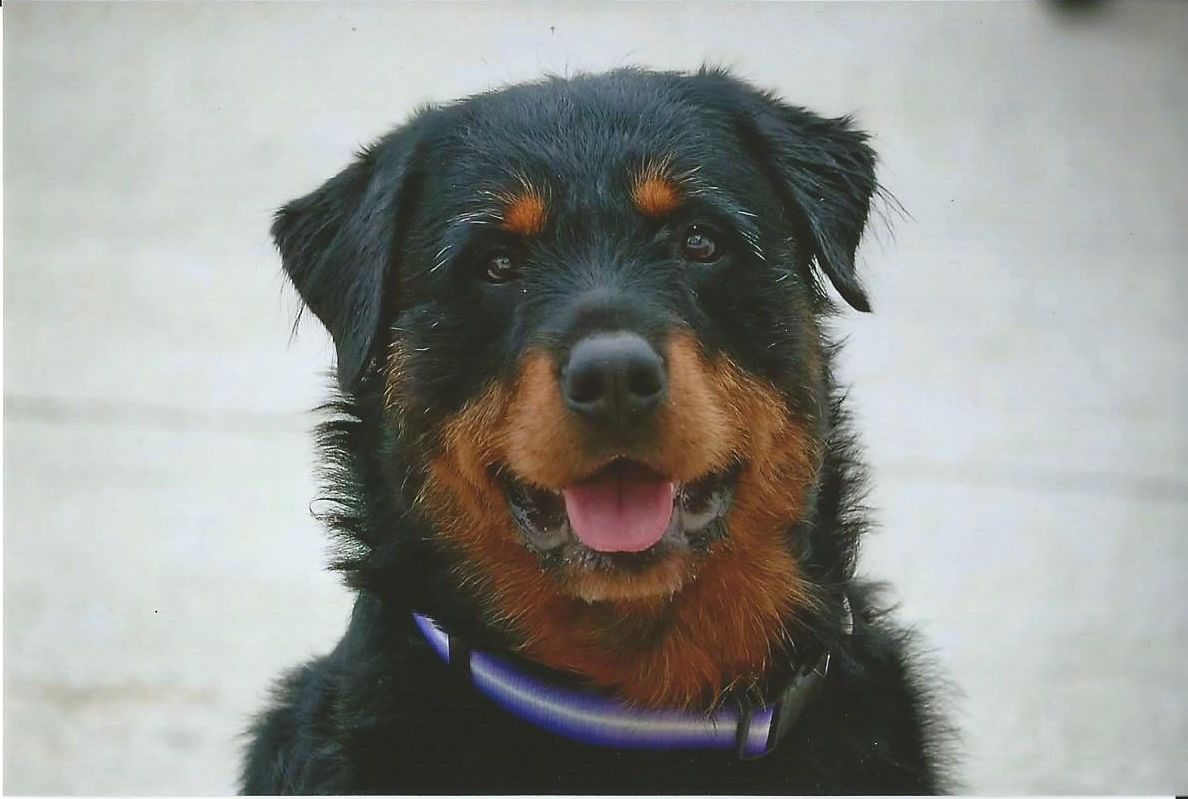 Divia is a FULL wire coat. She is Double Gene Furnished (F/F) & Long Coat carrier. Stand off body coat, some furnishings heavy, some slight-moderate. Additional pictures: as a puppy, young adult trimmed, chin, face, foot, chest, elbow/side |
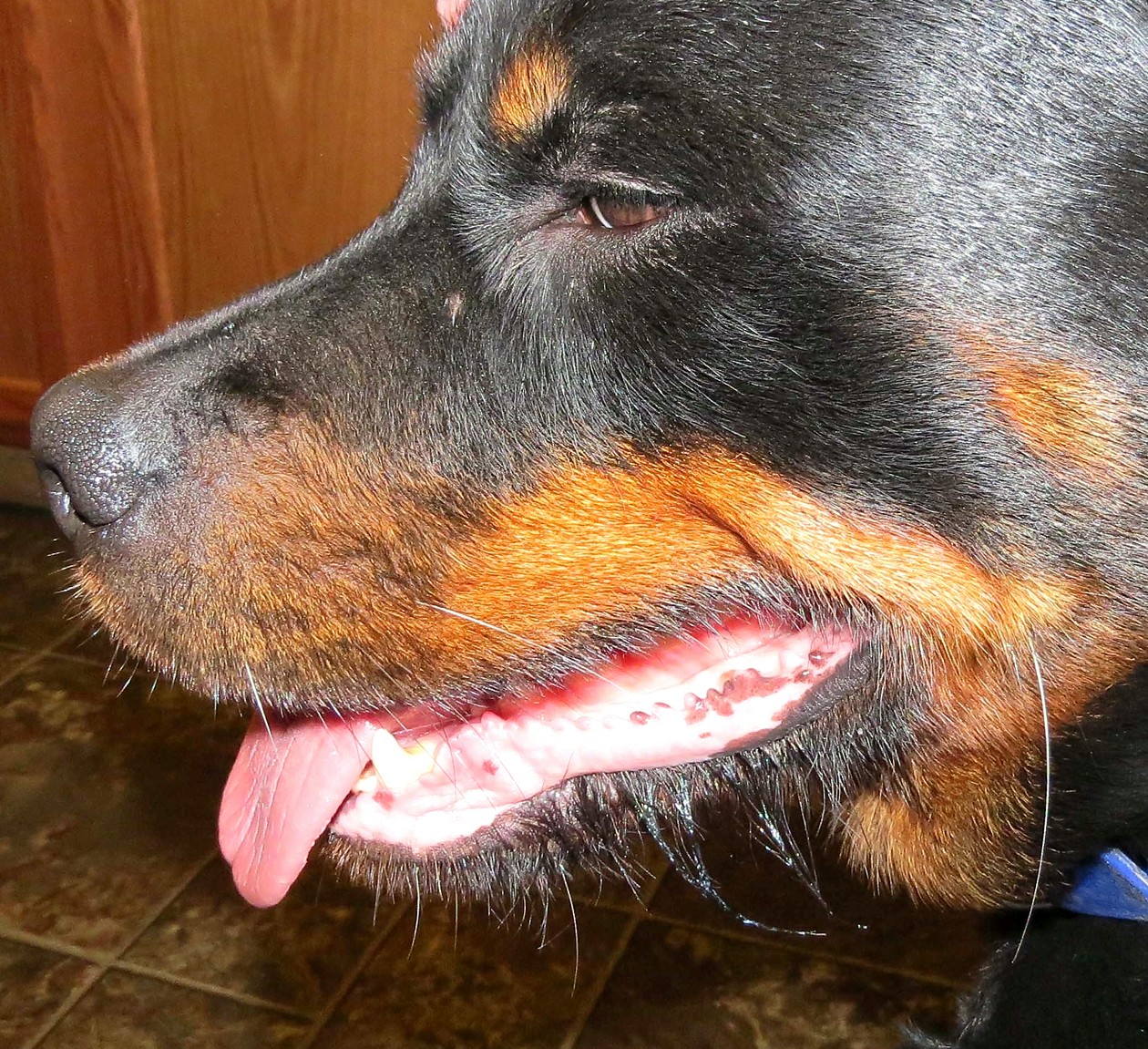 Tyme has mouth corner and mouth line wire but is Furnishing clear N/N (Long coat carrier) |
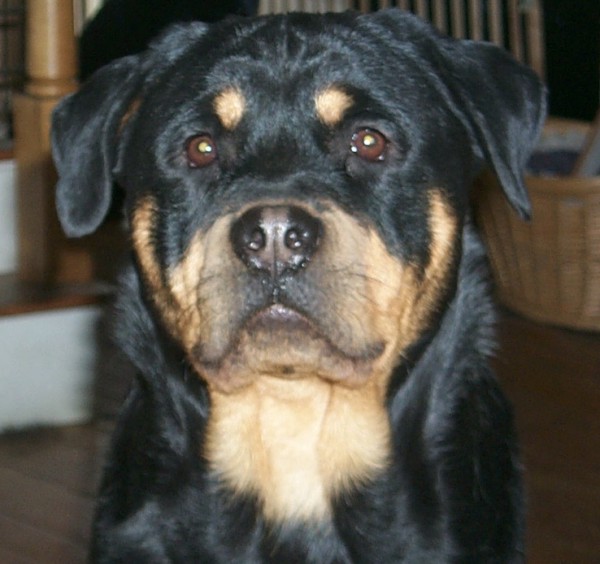 Annie is slight-mod. furnished. (toes, brow,muzzle bridge, cheek, under eye, lip line, chin, chest) She is Single Gene Furnished (N/F) & is Long Coat clear. Proper coarse body coat. PICS: mouth, face 8yrs, face close |
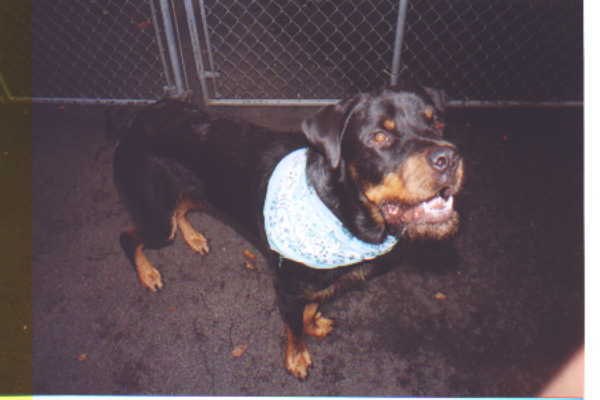 Keno was untested but had moderate-heavy chin, lip line/mouth corner, muzzle bridge, cheeks, chest and feet furnishings |
 Teckno (a young pup) was untested but had moderate-heavy chin, lip line/mouth corner, muzzle bridge, brow, cheek, chest, legs and feet furnishings |
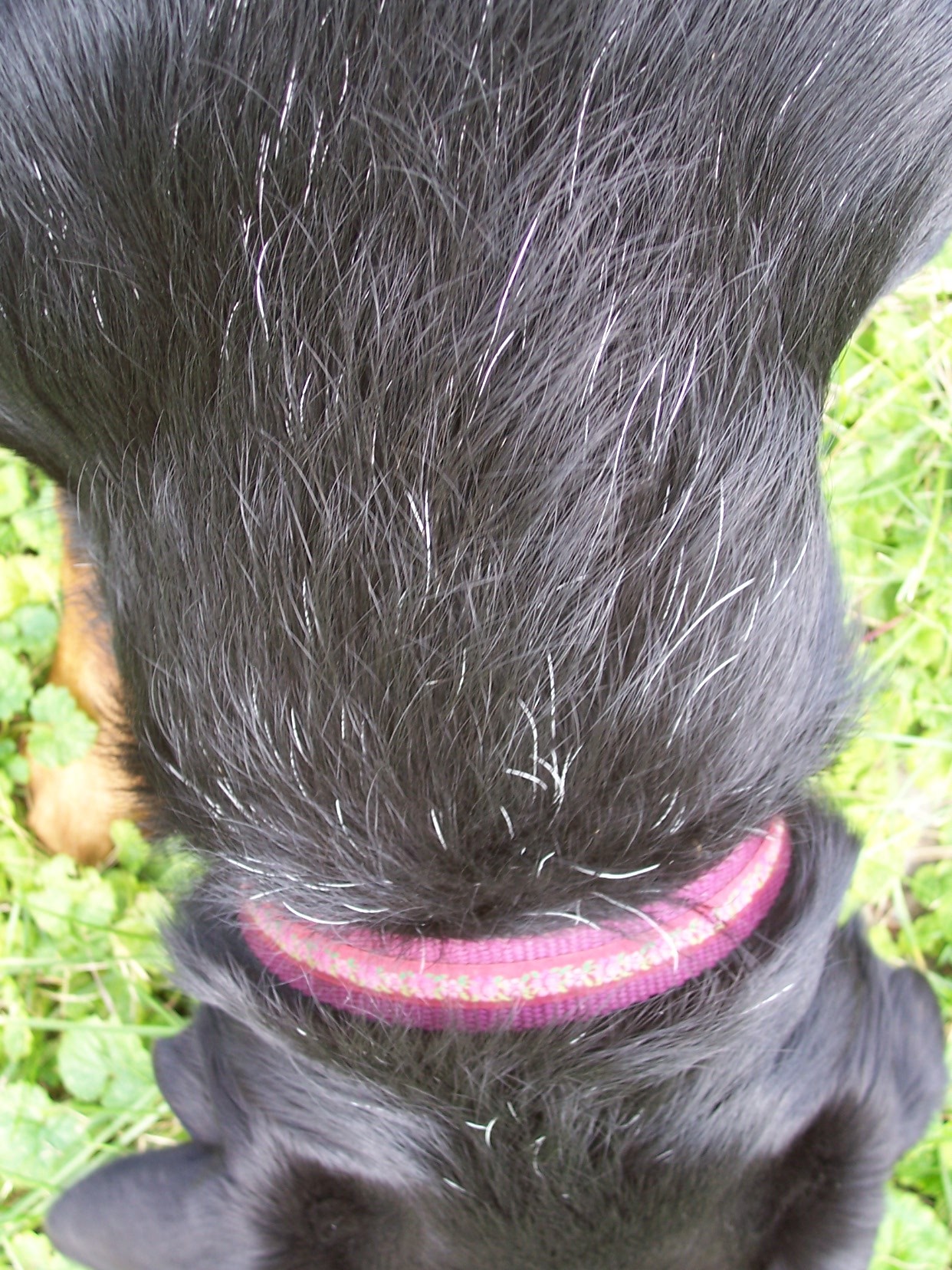 Emma was a FULL wire coat. Long coat carrier Click for more photos: as puppy, head, muzzle bridge, lip closeup |
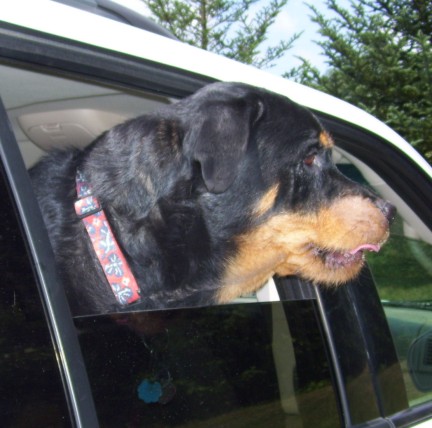 Brego is Heavy Furnished (brows, muzzle bridge, under eyes, cheeks, lip line, chin, chest, feet). Untested |
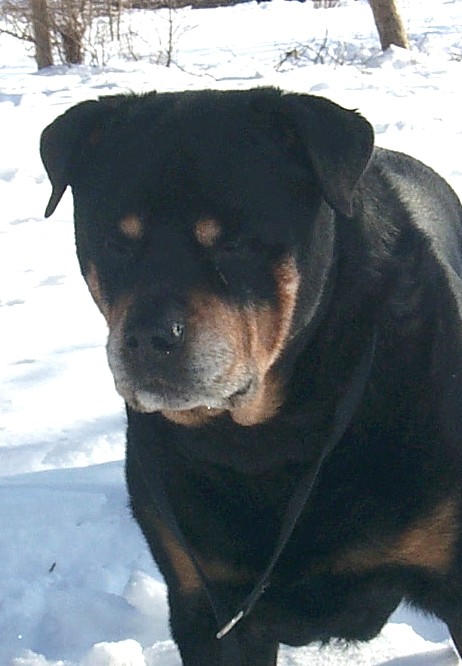 Bill was never tested but must have been a single gene dog as he produced Emma above who is a Full wire, which requires both parents to have the furnishing gene. Bill was either invisibly furnished or minimal furnished as the only indicator might have been his toes! Bill was Long coat clear |
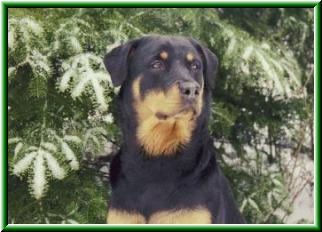 Bea was also never tested but must have been a single gene dog. Bea and Bill are the parents of Emma, Brego, Annie and Itsy above. Bea had mouth corner & mouth line wire as well as very slight on chin, toe and muzzle bridge. Bea was Long coat carrier |
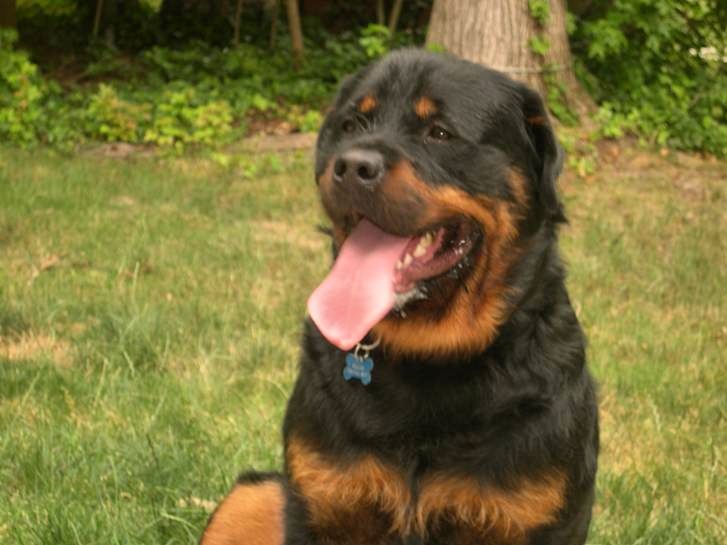 Baloo was a Full Wire coat Untested (he is groomed in this photo) Click to see another front picture and a side picture |
 Capo is slight-moderate furnished untested Click to see one more photo |
| Ozzy is a VERY well bred boy He is a FULL wire coat Tested double furnishing gene FF photo from Teresa Bradley |

